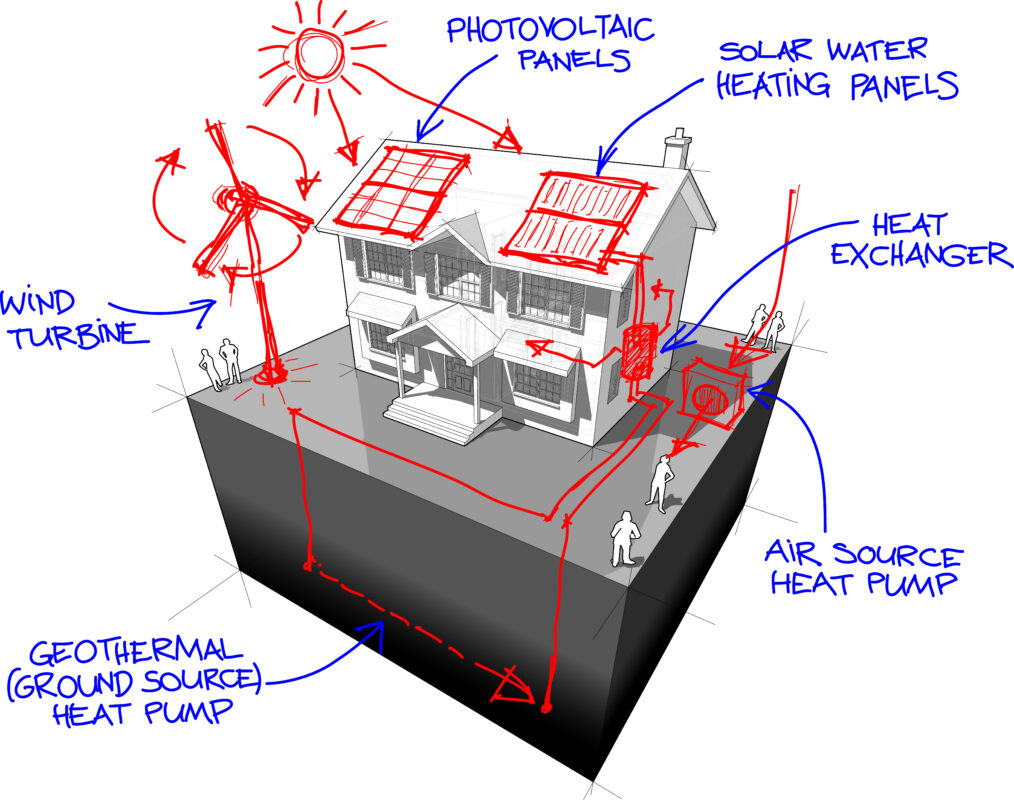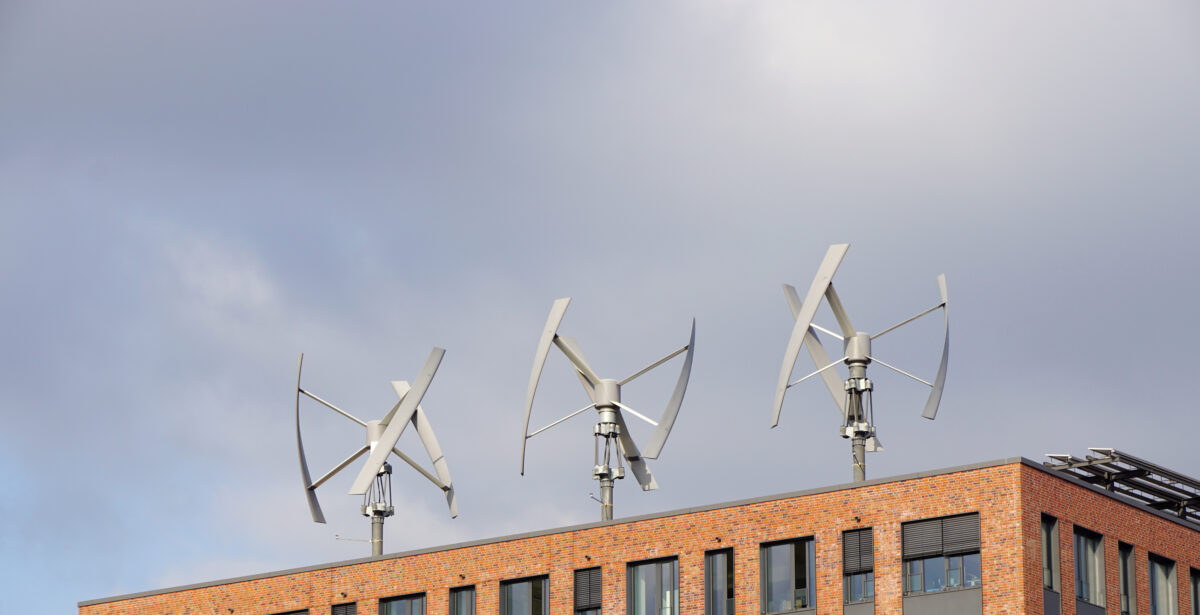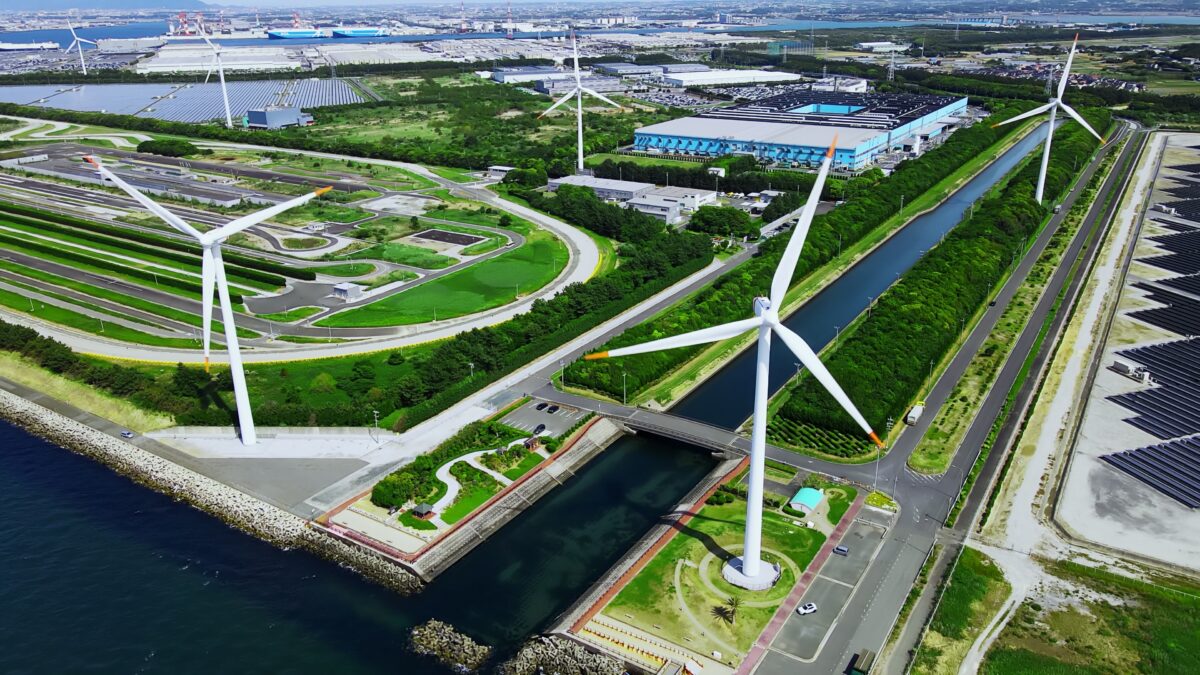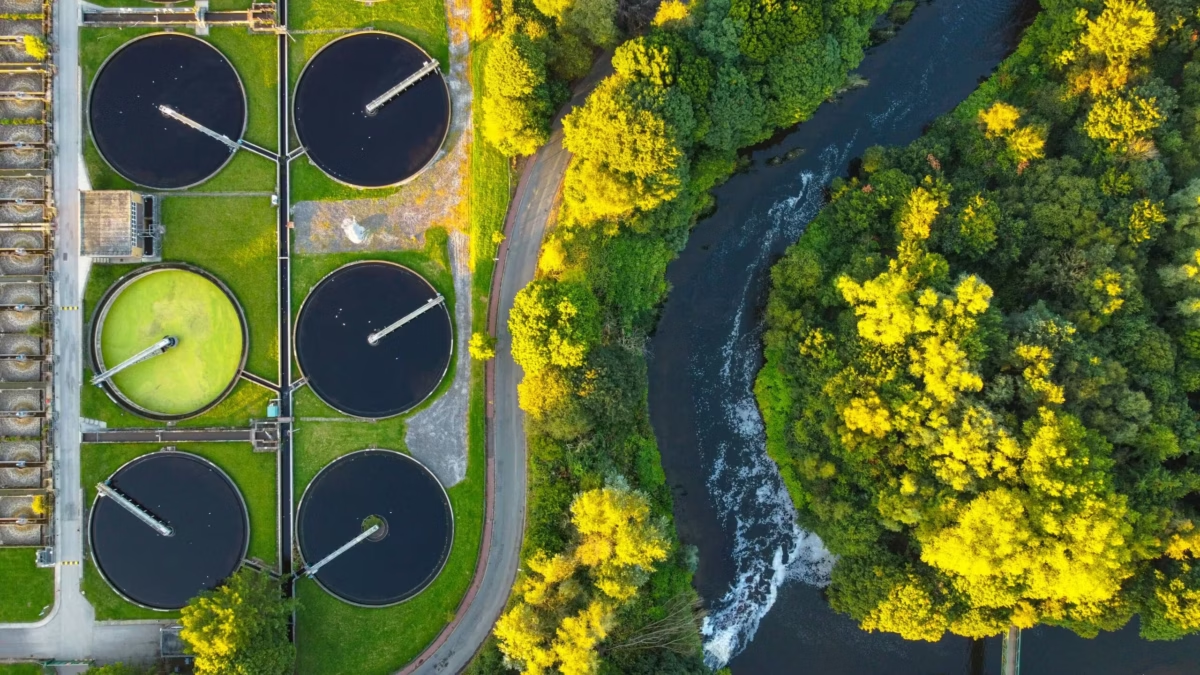Introduction to Renewable Energy in Buildings
The integration of renewable energy sources into building construction and management has changed the perspective on energy-efficient buildings. This shift offers numerous benefits, as it leads to significant cost savings and compliance with evolving energy standards. In this context, renewable energy, particularly wind energy, plays a crucial role in modern sustainable energy practices in construction.
Overview of Renewable Energy Sources in Construction
Renewable energy sources (RES) are some of the most important elements of modern-day construction of energy efficient architecture. They are sustainable and environmentally friendly alternatives to the traditional energy system. For instance, solar power from photovoltaic panels is practically integrated into house designs to supply electricity directly to homes and other commercial structures. Wind energy, especially through small wind turbines and wind turbine generators, can be installed on-site to meet localized energy demands. While hydroelectric systems are more common in larger-scale infrastructure, they can be utilized also in construction projects located near water sources.

In addition to the direct generation of power, RES, in conjunction with energy-efficient building materials and smart grid technologies, drive down carbon footprints and energy costs in the long term. Moreover, using renewable energy sources in buildings reduces dependency on fossil fuels by making buildings more self-reliant and supports the development of a more sustainable urban development model. Among RES, solar panels and wind turbines are particularly prominent. Small wind turbines are a viable solution for clean energy and renewable energy building projects where there is insufficient space for solar. In this case study, we will explore how the use of small wind turbines can support the construction of low-energy buildings.
Considering switching to Wind Energy? Wondering how to improve your energy efficiency? Our team provides a free, no obligations energy savings assessment to help you identify areas for improvement and potential cost savings. Discover how our 20kW wind turbines can fit into your energy strategy and boost efficiency.
Contact us now to schedule your free assessment to see how much you can save on your energy costs!
Importance of Sustainable Energy in Construction
Incorporating sustainable energy solutions into construction reduces the carbon footprint of buildings while supporting global energy transformation goals. While much emphasis is being placed on the impact of industry on global warming, construction, including residential construction, is also facing new demands. Wind energy is a significant contributor to this effort, providing a robust solution for buildings to leverage renewable energy sources.

Wind Energy in Residential Buildings
Wind Turbines for Home Use
Wind turbines for home use, especially vertical axis wind turbines, are gaining popularity due to their efficiency and compact spatial requirements. These turbines contribute significantly to clean energy, helping homeowners reduce their dependence on traditional energy sources.
Benefits of Vertical Axis Wind Turbines
Vertical axis wind turbines are ideal for residential areas due to their smaller size and quieter operation, making them a key component of renewable energy strategies in energy-efficient buildings. A major advantage of small wind turbines is their quiet operation and their ability to operate regardless of wind direction without adjusting the installation. This makes them suitable for use in remote locations and in tightly populated areas.
Energy-Efficient Buildings Using Renewable Energy
The certification of building energy performance is a standardized process designed to assess and classify a building’s energy consumption on a defined performance scale. Rooted in the European Parliament and Council Directive “On Energy Performance of Buildings” (recast Directive 2010/31; STR1, 2011; STR2, 2016), this certification promotes more efficient energy use, a key component of broader policy measures in line with the “Kyoto Protocol to the United Nations Framework Convention on Climate Change.” By enhancing energy efficiency, the certification process helps reduce CO2 emissions, aligning with the European Council’s directive on limiting carbon dioxide emissions in the building sector.

How to lower Energy Class of the Building – Case Study
Planning to build a manufacturing facility, our client faced a significant challenge regarding energy efficiency requirements. The CO2 engineer determined that the facility’s energy consumption, relying heavily on traditional electricity and gas, would be too high, requiring the construction of an A energy class building to meet stringent standards. However, this would exceed the budget, and our client looked for alternative solutions.
We proposed incorporating small wind turbines to offset some of the traditional energy use. By integrating renewable systems, our client could reduce overall energy consumption and meet environmental regulations without the excessive cost of an A energy class building construction. This approach highlights how combining RES with efficient design can lower building energy classes while balancing both cost and sustainability.
Advantages of small wind turbines application in energy-efficient buildings
Compliance with Regulations
Incorporating renewable energy like wind helps meet environmental regulations and energy performance standards, such as those set by the European Union’s energy efficiency directives.
Sustainability Credentials
Buildings powered by renewable energy sources, such as wind, can earn certifications like LEED, enhancing their market value and appeal to environmentally conscious tenants or buyers.
Lower Energy Costs
By generating a portion of the building’s electricity needs, wind turbines can reduce utility bills and overall energy expenses.
Improved Energy Efficiency
Integrating wind energy can help buildings meet or exceed energy efficiency standards, contributing to a lower energy class rating.
Off-grid Potential
Wind turbines can provide energy in remote areas, reducing the need for expensive grid connections or backup power sources.
Resilience to Energy Price Fluctuations
Wind energy offers long-term savings by insulating building owners from rising energy costs associated with traditional energy sources.
Transitioning to wind energy is easier with our next-generation small wind turbines. We offer a free, comprehensive site feasibility survey to help you determine the best solution for your location, calculate potential savings, and find applicable incentives. Register here for more information or to talk to one of our experts.
Integrating clean energy technologies into construction projects leads to lower utility costs, reduced environmental impact, and better compliance with strict energy regulations. Clean energy constructions are at the forefront of this innovation, demonstrating how alternative energy can support more sustainable development.
Conclusion: Future of Energy-Efficient Buildings with Renewable Energy
The future of construction lies in using renewable energy sources like wind energy to reduce both environmental impact and operational costs. By embracing renewable energy—especially small wind turbines and wind turbine farms—businesses and homeowners can achieve greater energy independence and sustainability.






